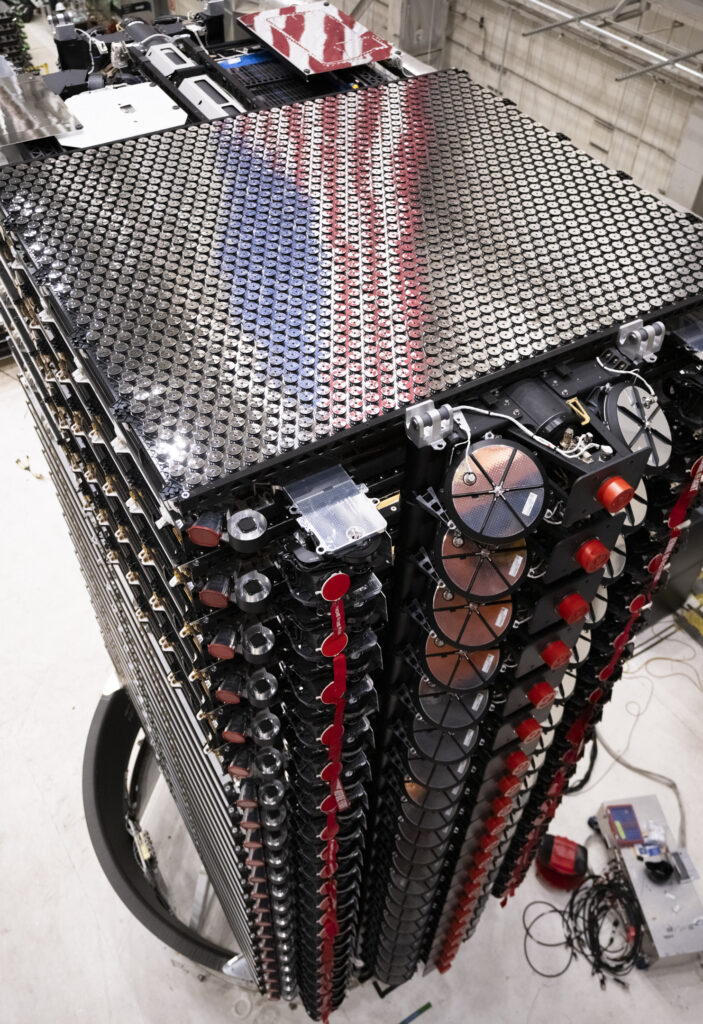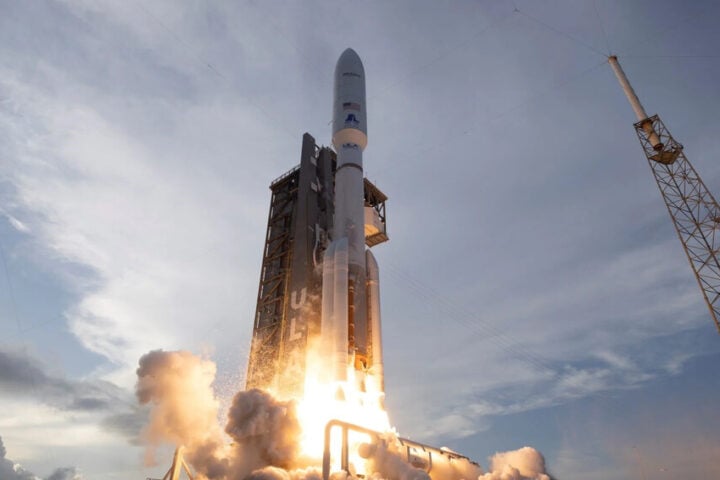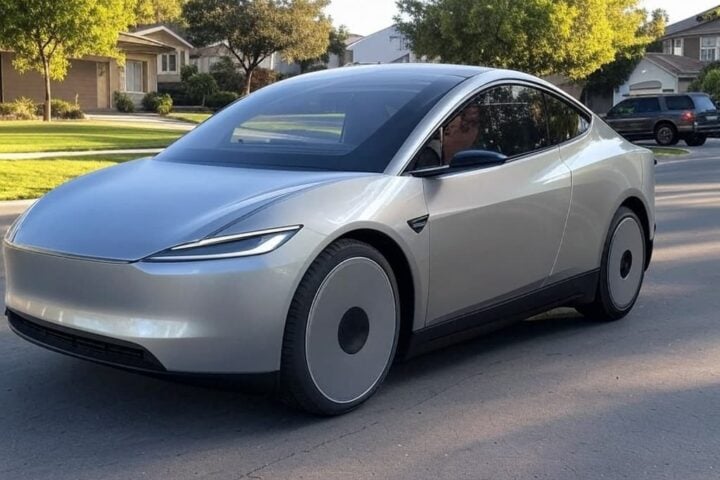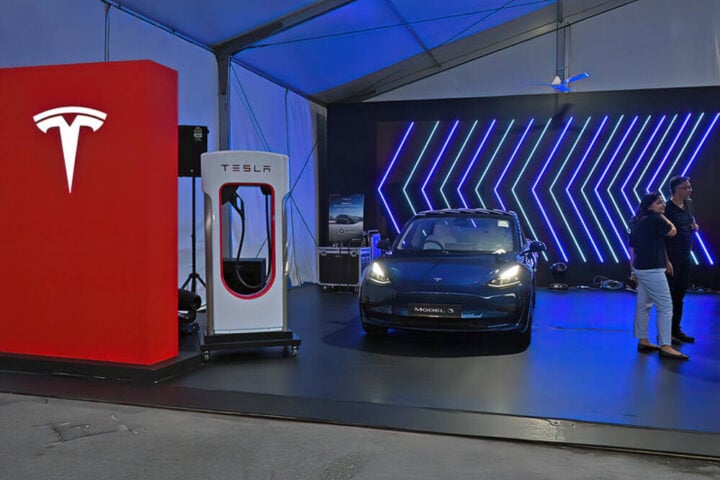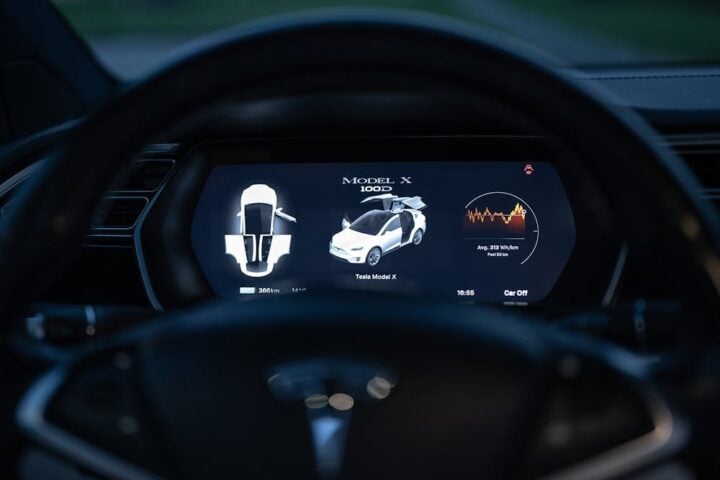On January 3, 2024, T-Mobile and SpaceX’s, two giants, in their respective fields – telecommunications and space exploration – joined forces to launch the first set of Starlink satellites equipped with Direct to Cell technology. This event, part of the Coverage Above and Beyond initiative, promises to transform the landscape of mobile connectivity.
Mike Katz, T-Mobile’s President of Marketing, Strategy, and Products, encapsulates the essence of this venture: “Our mission is to be the best in the world at connecting customers to their world.” These words are not just corporate speak; they reflect a tangible ambition to connect even the most remote areas. With over half a million square miles of the U.S. currently outside terrestrial network coverage, this is no small feat.
SpaceX’s technological prowess is pivotal here. Dr. Sara Spangelo, Sr. Director of Satellite Engineering at SpaceX, brings a pragmatic perspective: “The launch of these first Direct to Cell satellites is an exciting milestone for SpaceX to demonstrate our technology.” This statement is not just about launching satellites; it’s about making a leap in communication technology.
Similar Posts
Now, for the technical bit: the service will initially focus on text messaging, with plans for voice and data coverage in the future. But it’s not just about technology; it’s about accessibility. Imagine being able to connect nearly anywhere you can see the sky with the phone you already have.
This endeavor has already drawn international attention, with companies like KDDI, Optus, One NZ, and Rogers joining the fold. This isn’t just a U.S. venture; it’s a global movement towards universal connectivity.
But let’s not get carried away. Projects like these are complex and fraught with challenges, both technical and regulatory. Remember Iridium and Globalstar? These past satellite ventures teach us that ambition must be tempered with practicality.
T-Mobile and SpaceX are charting new territory in the quest for global connectivity. Their success could redefine mobile communication not just in the United States but across the world. As a business journalist who has seen many such “game-changing” ventures, I remain cautiously optimistic. After all, the journey to connect the world is not just a technological challenge; it’s a mission to bring people closer, no matter where they are.
